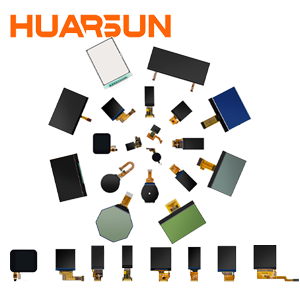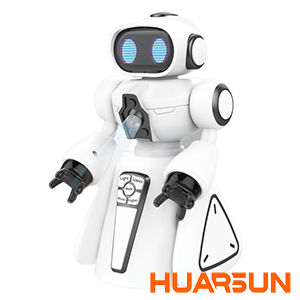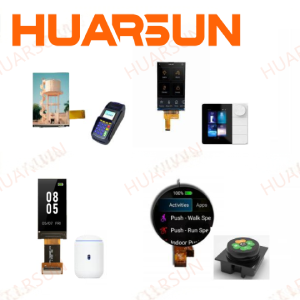Introduction: From Indicators to Intelligent Displays
In the past, toys and headphones relied on simple LED lights for feedback—red for charging, green for connected. But today’s consumers expect more. With the rise of 0.39''–10'' TFT LCD and AMOLED modules, even small devices can offer colorful, interactive interfaces. A 1.43'' round TFT display can turn a robotic dog into a lifelike companion, while a 1.0'' rectangular TFT screen on headphones provides clear battery status, connectivity signals, or even music playback info. This shift shows how small displays are redefining user interaction in consumer electronics.
Why Round TFT Screens Fit Smart Toys
The design of smart toys demands creativity. A robot dog, for example, looks far more engaging when its “face” can blink, smile, or show playful animations. That is exactly where a 1.43'' round TFT LCD shines. Unlike a square display, the circular form blends naturally into the toy’s design. Using SPI interfaces, developers can drive simple animations at low power, keeping the toy interactive while preserving battery life.
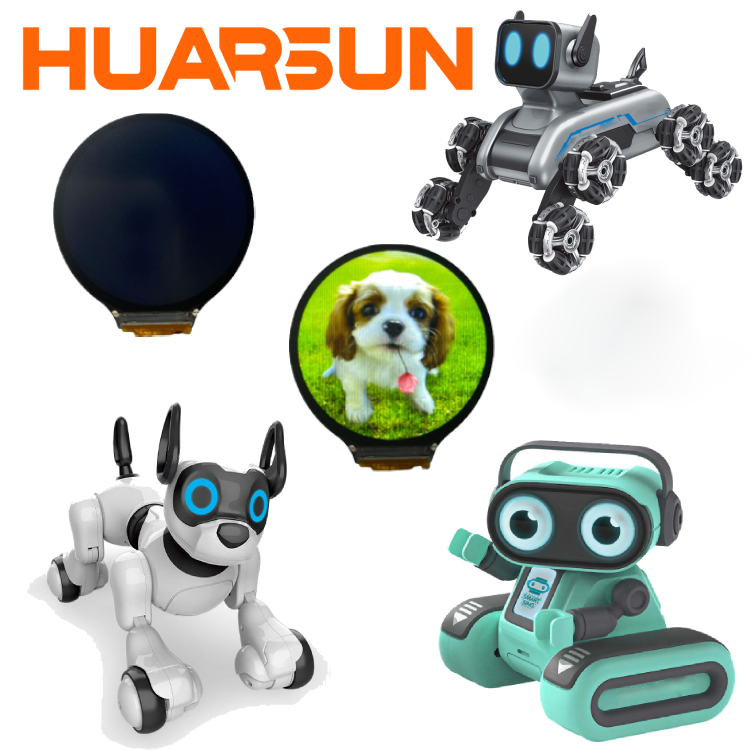
In addition, round displays support 320×320 resolution, vivid colors, and wide viewing angles—features that transform a toy from a static gadget into a living companion. This has made round TFT modules one of the fastest-growing categories in 0.96''–2.4'' display sourcing trends.
Rectangular Displays for Smart Headphones
Wearables like headphones and earbuds are evolving beyond pure audio. A 0.96''–1.8'' rectangular TFT LCD can show charging levels, pairing instructions, or even scrolling track names. Compared to an LED dot, a small TFT screen communicates more clearly and enhances the sense of “premium” product design.
Many brands now experiment with MIPI or SPI TFT interfaces in headphone cases, balancing high refresh rates with low energy usage. In particular, AMOLED mini screens are starting to appear in high-end audio gear, where richer color and contrast enhance branding and user appeal.
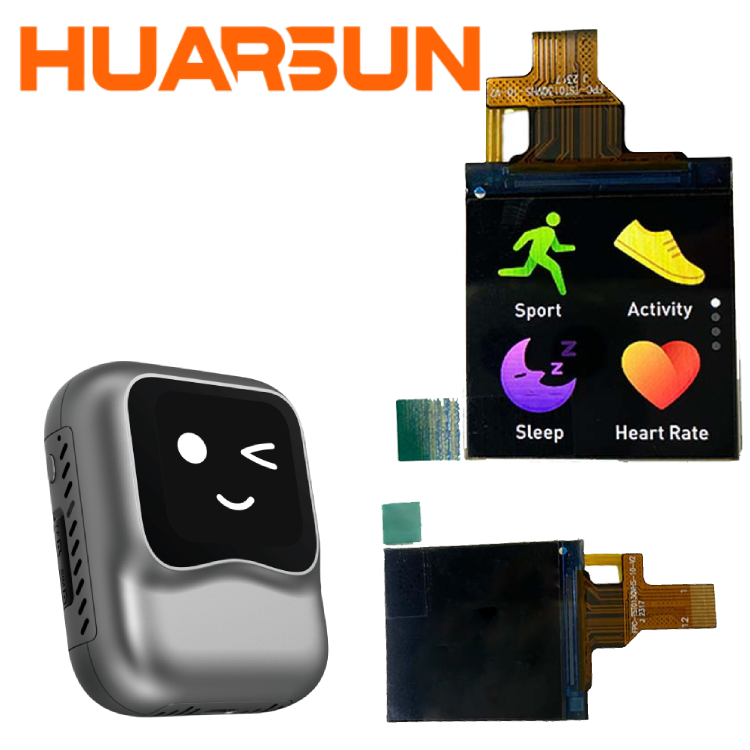
Beyond Toys and Headphones: The Expanding Ecosystem
The applications don’t stop there. Small display modules (0.39''–10'') are spreading across a wide spectrum of smart appliances:
-
Air purifiers: Displaying PM2.5 levels, filter replacement reminders, and air quality trends.
-
Coffee machines: Showing brewing modes, temperatures, and customization menus on 2.4'' TFTs.
-
Wearables: From fitness bands to smart glasses, using ultra-compact PMOLED and AMOLED modules.
This expansion reflects a single consumer demand: visual interaction at every touchpoint.
Procurement Challenges in Small Display Sourcing
However, the rise of demand also brings new sourcing challenges. Buyers often encounter:
-
Interface mismatch (SPI vs. MIPI vs. I2C) leading to integration delays.
-
Fake stock claims, where “ready-to-ship” turns into 4 weeks waiting.
-
Quality variation, with some displays showing color shift or weak brightness.
-
Lack of documentation, making firmware development a guessing game.
These pain points underline why choosing the right TFT LCD supplier in China matters. Not all vendors are factories, and not all “cheap” screens end up saving cost.
Future Trend: Interaction as the Core Value
The future of small display modules lies not just in resolution or brightness, but in the quality of interaction. Whether it’s a child seeing a robotic dog wag its “digital eyes” on a 1.43'' round TFT, or an adult checking battery life on a smart headphone case, these micro-interactions shape the emotional bond between user and product.
As costs of TFT and AMOLED production fall, more devices will adopt displays in the 0.39''–10'' range. From toys to wearables, home appliances to healthcare devices, the small screen will no longer be optional—it will be expected.
Conclusion
The story of small display modules is one of transformation. What started as simple LED indicators has evolved into high-resolution TFT and AMOLED displays that drive engagement, trust, and usability. Whether in smart toys, headphones, or appliances, the future of consumer electronics will be written on screens no larger than a coin.
And for engineers, designers, and buyers alike, the message is clear: choose the right small display module, and you choose the future of your product.









 Home
Home HEM LCD
HEM LCD  Aug 28,2025
Aug 28,2025 
 Efficient LCD Displays for E-Bike Dashboards
Efficient LCD Displays for E-Bike Dashboards 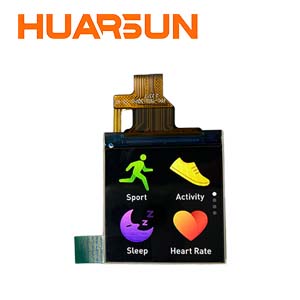
 May 22,2025
May 22,2025 
